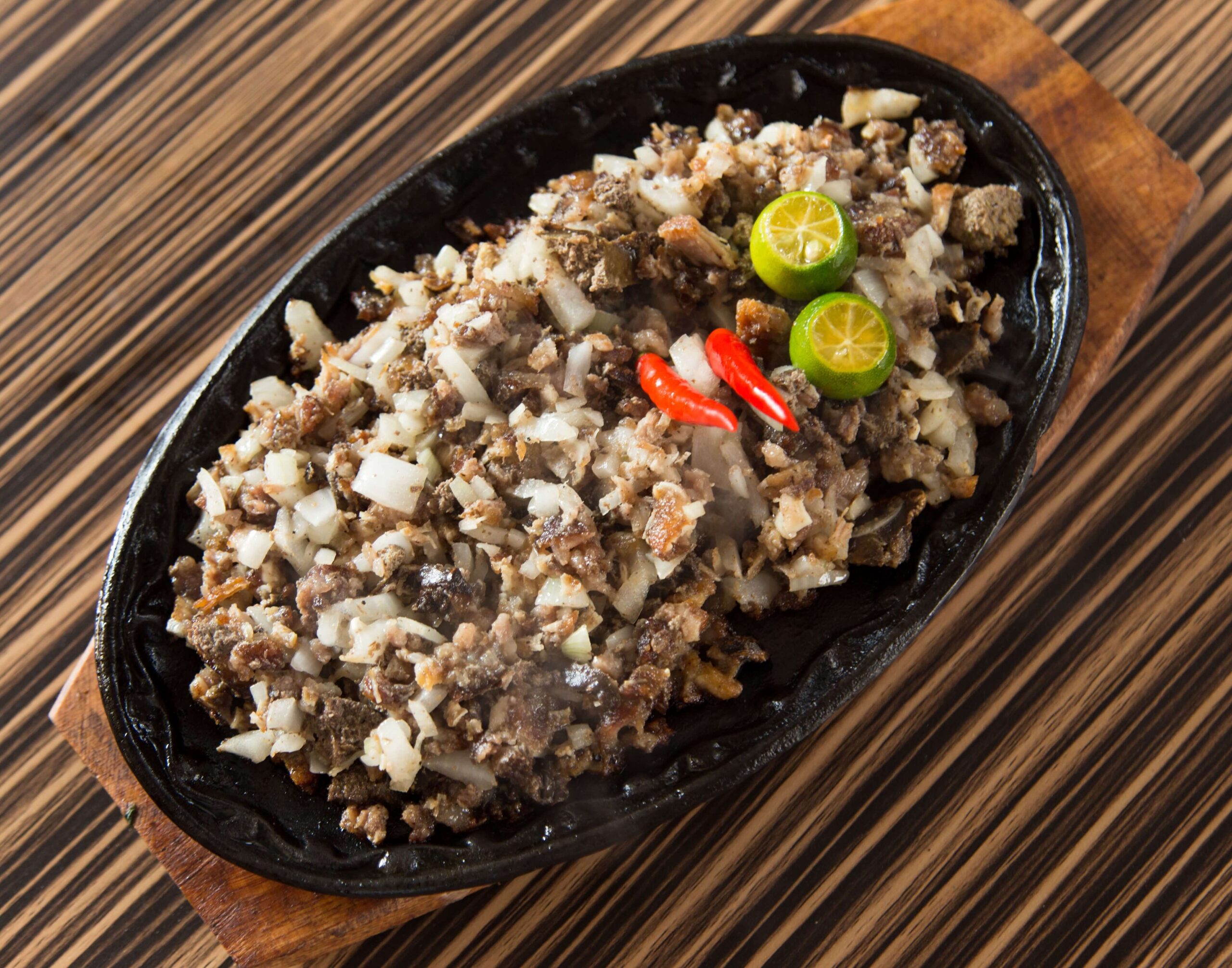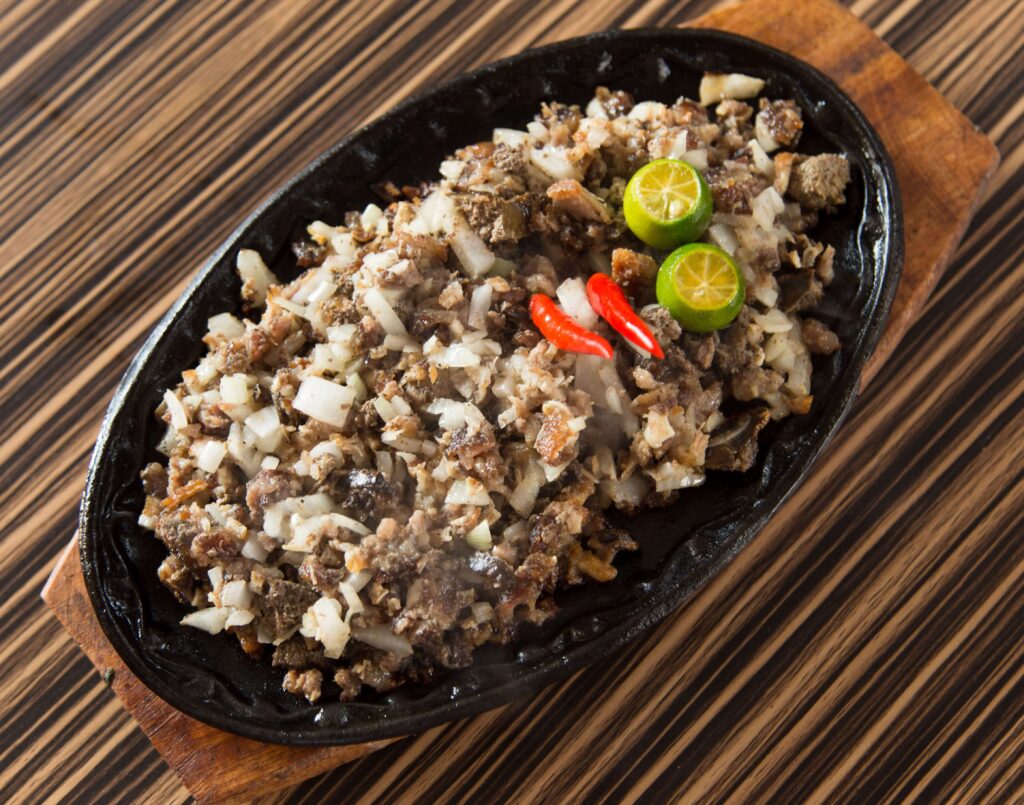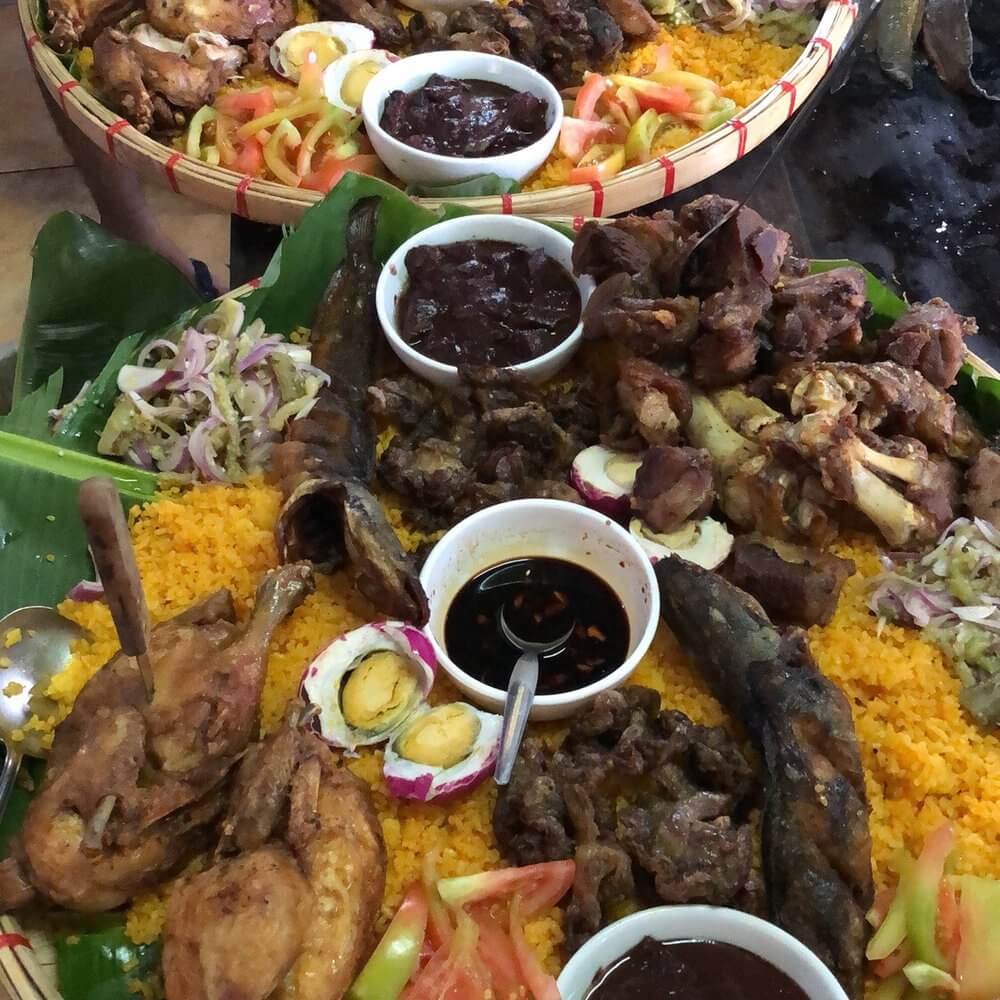Introduction
In the vibrant tapestry of Filipino cuisine, few dishes stand out as boldly as sisig. This sizzling sensation has captured the hearts and palates of food enthusiasts worldwide. But beyond its tantalizing taste, there’s a rich tapestry of history, cultural significance, and culinary innovation waiting to be explored.
Who invented the sisig?
The origins of sisig trace back to the culinary ingenuity of the Kapampangan people, who hail from the Philippine province of Pampanga. While the exact inventor remains a subject of debate, it’s widely believed that sisig emerged as a culinary improvisation by locals seeking to make the most of every part of the pig. This dish was traditionally crafted from pig’s head, specifically the cheeks and ears, which were initially discarded by Spaniards during the colonial period.
Is Pork Sisig Healthy?
While sisig undeniably delights the taste buds, its health profile warrants consideration. Traditionally, sisig primarily consists of pork parts rich in fat and collagen, contributing to its succulent texture and robust flavor. However, frequent consumption of fatty foods may pose health risks, such as elevated cholesterol levels and cardiovascular issues. To mitigate these concerns, some modern interpretations of sisig incorporate leaner cuts of pork or alternative proteins like chicken or tofu. Additionally, incorporating plenty of vegetables into the dish can enhance its nutritional value, providing essential vitamins and minerals.
What does it mean in Filipino?
It’s not just a dish; it’s a cultural icon with deep-rooted significance in Filipino culinary heritage. The term “sisig” itself originates from the Kapampangan word “sisigan,” which refers to the process of “snacking on something sour.” This aptly describes the dish’s characteristic tanginess, achieved through the addition of calamansi or vinegar, which balances the richness of the meat.
Why do people like it?
Widespread popularity transcends cultural boundaries, captivating food enthusiasts worldwide with its bold flavors and irresistible texture. Its appeal lies in its ability to tantalize the taste buds with a harmonious blend of savory, tangy, and spicy notes, creating a symphony of flavors with every bite. Moreover, sisig’s communal nature fosters a sense of camaraderie and conviviality, making it a favorite choice for gatherings and celebrations.

Featured Image Credit: Wikipedia
Are Sisig and Dinakdakan the same?
While sisig and dinakdakan share similarities, they are distinct dishes with their own unique characteristics. Both hail from the culinary repertoire of the Philippines’ northern regions and feature pork as a primary ingredient. However, dinakdakan typically incorporates boiled pig’s brain and liver, giving it a creamier texture and a more pronounced offal flavor compared to sisig. Additionally, dinakdakan is often dressed with mayonnaise, further distinguishing it from the tangy goodness of traditional sisig.
Conclusion
Sisig stands as a shining example of Filipino culinary creativity, showcasing the ingenuity and resourcefulness of its creators. Whether enjoyed as a street food snack or a centerpiece dish at festive gatherings, continues to captivate hearts and palates with its bold flavors and rich cultural heritage. As we savor each mouthful of this culinary gem, let us also celebrate the diverse tapestry of Filipino cuisine it represents.
Share this post: on Twitter on Facebook




Pingback: Masbate's Karne Norte | Travelista PH